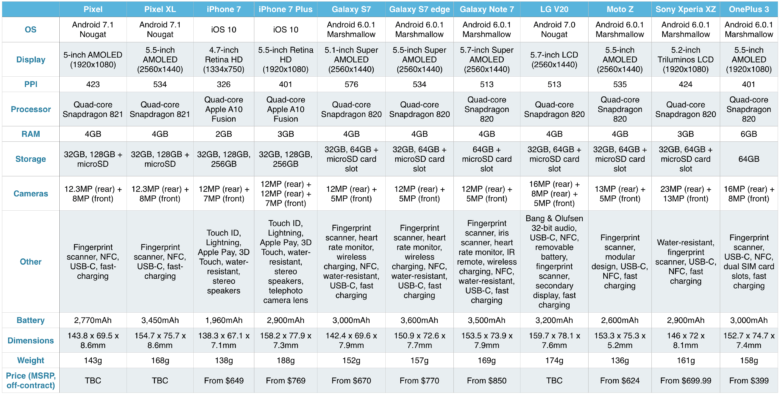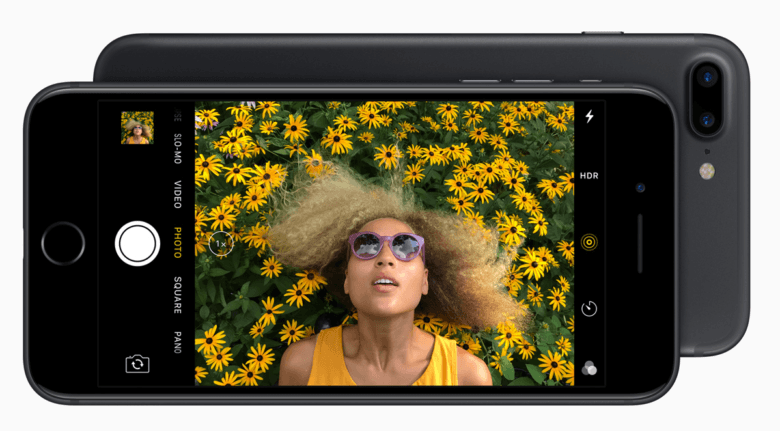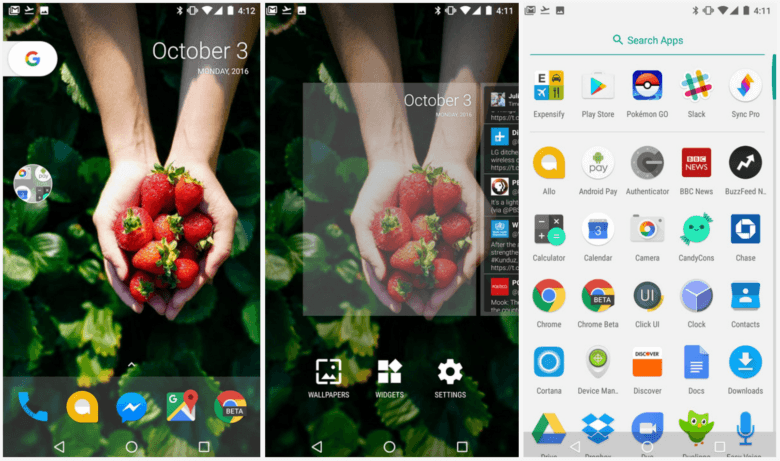How Google’s Pixel phones stack up against iPhone 7
Google’s new Pixel smartphones have landed, and they’re here to show the world that Android is stepping up its fight against the iPhone.
The Pixel lineup shares a lot in common with the Nexus family it replaces, but it’s not designed with pure Android enthusiasts in mind anymore. Google wants to reach everyone with its new Pixel and Pixel XL, and it has gone all out to make that happen.
But does the Pixel duo have what it takes to beat iPhone 7, iPhone 7 Plus, and other high-end rivals? Find out in our smartphone comparison below.
Google’s latest handsets share more in common with the iPhone than you might think.
They’re available in similar sizes. The Pixel phones share an aluminum unibody design that looks a lot like the iPhone’s. And, apart from the size of the display and battery, you get the same specifications no matter which size you choose.
And because these are Google phones, you get Android updates as soon as they’re available — just like you do on iOS — without the bloatware that third parties like Samsung, LG and HTC throw in on their phones.
Here’s how the specifications compare. Click the table to view it at full size.
Design
One thing you can’t see in that comparison table is design. Google’s new Pixel phones are its prettiest handsets yet. Built by HTC (though you won’t find an HTC logo anywhere), they have aluminum unibodies with rounded edges and 2.5D curved glass.
As I mentioned above, they actually look a lot like Apple’s latest iPhones. Maybe a little too similar. That won’t please the chiefs in Cupertino, but it could attract long-time iPhone owners who are looking to switch to Android without sacrificing design.
There was a time when that was the case; swapping your iPhone for an Android almost always meant settling for a phone made from cheap and tacky plastic. But now Android makers have stepped up their game, it’s no longer true.
Google’s Pixel phones may not be the prettiest Androids money can buy — I’d still give that title to the Galaxy S7 edge or the Galaxy Note 7 — but they’re damn attractive.
Specifications
Pixel and Pixel XL are the first Android devices to offer Qualcomm’s improved Snapdragon 821 processor. It shares a lot in common with the Snapdragon 820 that powers most of today’s flagships, but it’s better.
It’s still too early to tell if this chip can compete with Apple’s A10 Fusion, which powers iPhone 7 and iPhone 7 Plus and has been blowing everything else out of the water since making its debut. But it will definitely deliver good performance.
That Snapdragon 821 chip is combined with 4GB of RAM, which is 1GB more than you get in iPhone 7 Plus, and 2GB more than you get in iPhone 7. This will make a difference when switching between apps and using multiple tabs in the browser.
Google is only giving users 32GB or 128GB of storage. To make up for it, Google Photos is built-in and owners will be able to store an unlimited number of full resolution photos and video for free.
The new phones are also built to support VR and Google built its own Daydream View headset that is supposed to look fashionable.
One thing that might be a concern to some Android fans — and more importantly to potential iPhone switchers — is that the Pixel and Pixel XL are lacking some features we’ve come to expect from high-end smartphones in 2016.
Pixel doesn’t have wireless charging, but it can rapidly recharge, giving users 7 hours of battery life in just 15 minutes of charge time. The devices are not water-resistant, and they don’t offer stereo speakers like the iPhone 7. We’ll have to wait and see what kind of impact these omissions will have.
Cameras
Another concern for potential Pixel buyers could be their cameras. Apple, Samsung and LG are shipping stellar smartphone cameras that deliver truly spectacular results. iPhone 7 Plus is really changing the game by dipping into computational photography thanks to its dual-lens camera.
The ability to shoot great photos and videos is something that’s important to a large percentage of smartphone buyers these days. On paper, Google’s Pixel cameras look good. The company touted a DXOMark of 89, which is the highest rating ever for a smartphone.
Google says its the best smartphone camera ever made with a 12MP camera, but we’ve all come to realize that megapixels don’t tell the full story. Pixel’s camera comes with smart burst, 4K video, HDR+ and video stabilization.
We’ll have to wait for the Pixel phones to arrive before we can really judge their cameras. Last year’s Nexus devices didn’t disappoint, so here’s to hoping their successors will be even better. Just don’t expect them to beat Samsung’s latest shooters.
Software
Pixel and Pixel XL are the first devices to offer Android 7.1 Nougat. It’s not vastly different to Android 7.0, but it does deliver a whole host of nice improvements to Google’s stock launcher, including Assistant integration and new shortcuts.
Nougat also offers features you won’t find on iPhone, like the ability to use two apps simultaneously in split-screen mode, a file manager, and all kinds of customization features that Apple doesn’t think iOS users need.
Of course, it’s not all good news. Many still consider Android to be less secure than iOS, and as a result of all those customization features, it can be more difficult to learn if you’re new to the platform. You also miss out on all the awesome new features in iOS 10.
Another thing to consider is that all of Google’s services are available on iOS, including its new Allo and Duo apps. On the other hand, none of Apple’s services, with the exception of Apple Music, are available on Android. That means you have to bid goodbye to iMessage.






